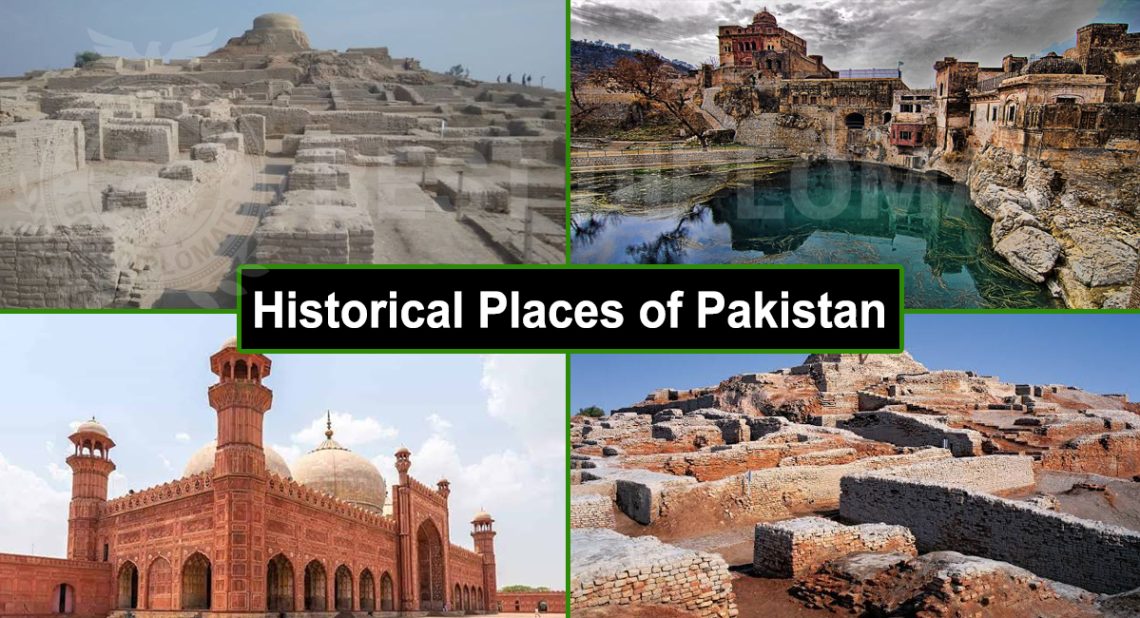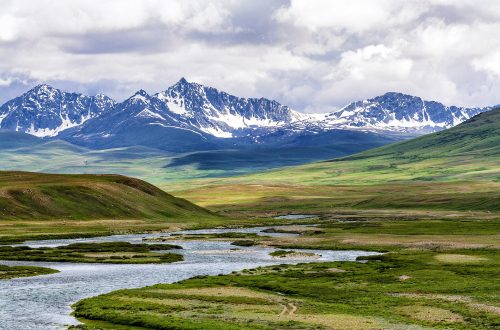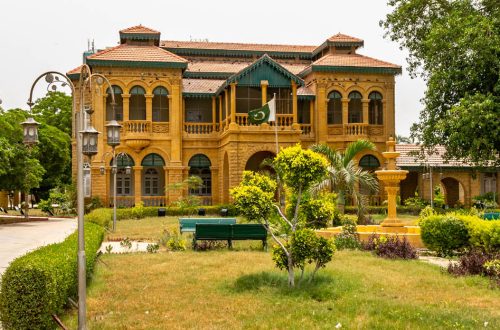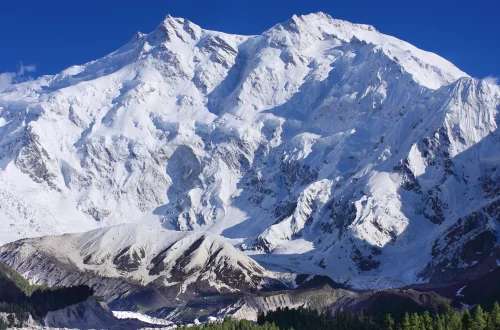Embark on a journey through time and explore the awe-inspiring historical places in Pakistan, a country steeped in a rich tapestry of history and culture. From the ancient ruins of Mohenjo-Daro to the majestic Lahore Fort, each site offers a unique window into the past, telling stories of civilizations long gone and the architectural prowess of ancient builders. Discover the mysteries of Taxila, marvel at the formidable Rohtas Fort, and be enchanted by the intricate designs of the Badshahi Mosque. Pakistan’s heritage is a testament to the diverse and vibrant spirit of its people, inviting travelers and history enthusiasts from around the globe to witness its historical magnificence firsthand.
Discover the Historical Places in Pakistan: A Journey Through Time
Discover the Historical Places in Pakistan: A Journey Through Time
Discover the Historical Places in Pakistan:
Embark on a captivating journey through the rich tapestry of Pakistan’s history by exploring its myriad historical places. From ancient civilizations to colonial remnants, Pakistan boasts a treasure trove of historical sites that offer a glimpse into its storied past.
One of the most iconic destinations is Mohenjo-Daro, an archaeological marvel dating back to the Indus Valley Civilization, showcasing advanced urban planning and engineering feats millennia ahead of its time. Similarly, Taxila, with its roots tracing back to the Gandhara civilization, is a testament to the region’s cultural and intellectual prowess.
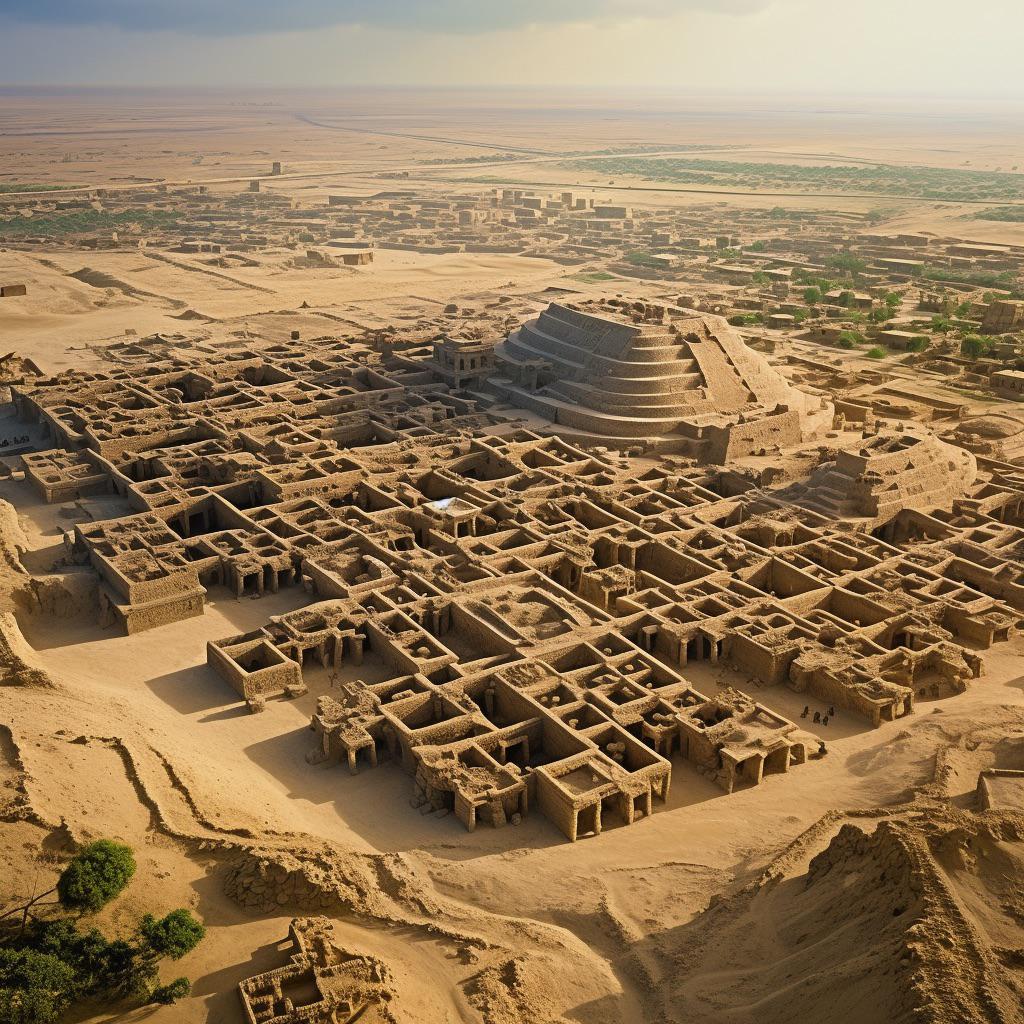
Venture further to Lahore, the cultural heart of Pakistan, where the Lahore Fort and Badshahi Mosque stand tall as enduring symbols of Mughal grandeur and architectural brilliance. Meanwhile, the ancient city of Multan beckons with its rich history dating back to Alexander the Great’s conquests.
Travelers can also marvel at the imposing ruins of Rohtas Fort, a UNESCO World Heritage Site, or journey to the serene beauty of Shalimar Gardens, another Mughal masterpiece nestled in the heart of Lahore.
Each historical site in Pakistan tells a story, weaving together the threads of time to offer visitors a profound understanding of the nation’s past. Whether you’re a history enthusiast or a curious traveler, exploring these historical places promises an unforgettable journey through the annals of Pakistan’s rich heritage.
Mohenjo-Daro: Cradle of the Indus Valley Civilization
Nestled along the banks of the mighty Indus River lies Mohenjo-Daro, a site shrouded in mystery and wonder, and a testament to the ingenuity of ancient civilizations. As one of the most significant historical places in Pakistan, Mohenjo-Daro holds the distinction of being the largest urban settlement of the Indus Valley Civilization, thriving over 4,000 years ago.

Stepping into Mohenjo-Daro is like journeying back in time, where the meticulously planned streets, advanced drainage systems, and intricate architecture unveil the sophistication of its ancient inhabitants. The Great Bath, a marvel of engineering and social significance, stands as a testament to the community’s focus on hygiene and communal activities.
The city’s meticulously crafted artifacts, including seals and pottery, offer invaluable insights into the Indus people’s culture, trade, and social structures. Despite the passage of millennia, Mohenjo-Daro’s ruins continue to captivate archaeologists, historians, and visitors alike, sparking imaginations and fueling scholarly debates about the civilization’s rise and fall.
As a UNESCO World Heritage Site, Mohenjo-Daro serves not only as a symbol of Pakistan’s rich historical heritage but also as a window into humanity’s shared past. Its significance extends far beyond national borders, reminding us of the enduring legacy of ancient civilizations and the importance of preserving our collective history for future generations to cherish and learn from.
Taxila: An Ancient Seat of Learning and Culture
Nestled amidst the verdant landscapes of northern Pakistan, Taxila emerges as a beacon of ancient wisdom and cultural enlightenment. Renowned as one of the oldest and most revered historical places in Pakistan, Taxila stands as a testament to the intellectual and cultural vibrancy of ancient civilizations.
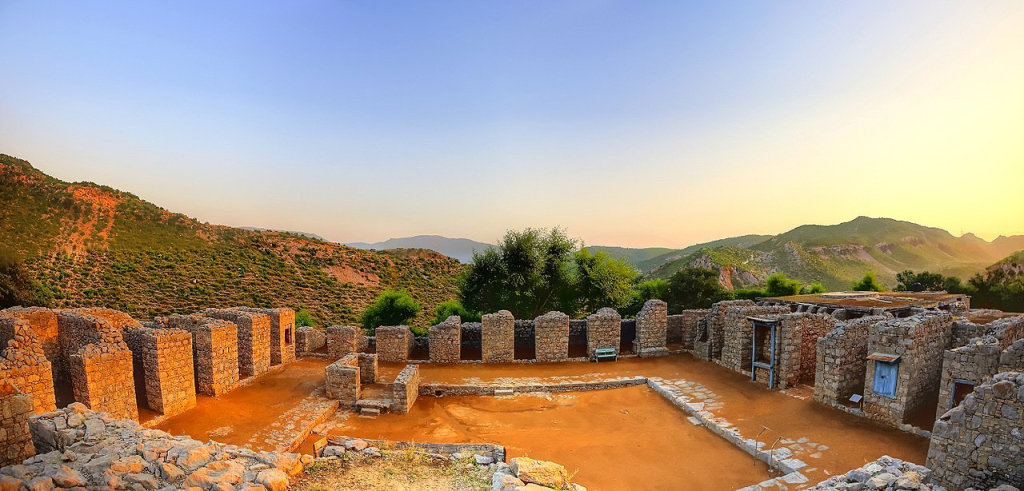
Dating back over 2,500 years, Taxila served as a prominent center of learning, attracting scholars, philosophers, and students from far and wide. Its strategic location along the Silk Road facilitated the exchange of ideas, languages, and cultures, fostering a melting pot of intellectual discourse and artistic expression.
The ruins of Taxila paint a vivid picture of its glorious past, with remnants of Buddhist monasteries, stupas, and universities dotting the landscape. The famed Takht-i-Bahi monastery, a UNESCO World Heritage Site, stands as a testament to the region’s Buddhist heritage, showcasing exquisite architecture and intricate carvings that continue to awe visitors.
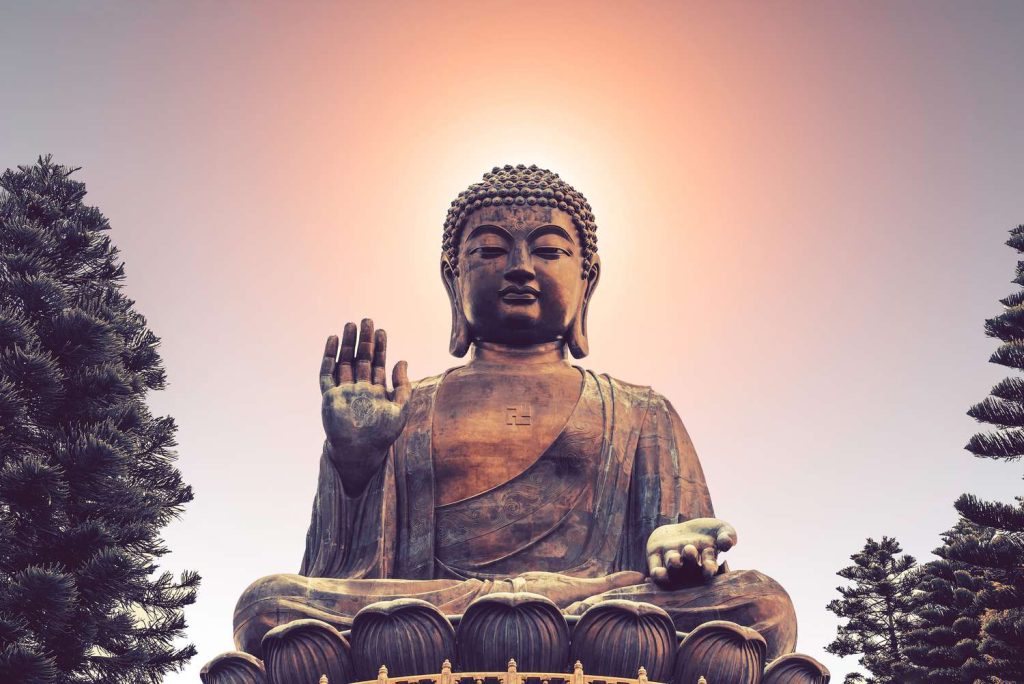
Beyond its religious significance, Taxila was also a hub of diverse cultural influences, with traces of Greek, Persian, and Central Asian civilizations interwoven into its archaeological tapestry. Its archaeological wealth, combined with its historical and cultural significance, makes Taxila a must-visit destination for history enthusiasts, scholars, and curious travelers alike.
As visitors wander through the ancient ruins of Taxila, they are transported back in time, unraveling the mysteries of a bygone era and gaining a deeper appreciation for the enduring legacy of this ancient seat of learning and culture.
Key Historical Sites in Pakistan Every Tourist Should Visit
Key Historical places in Pakistan Every Tourist Should Visit
Pakistan’s rich tapestry of history offers a plethora of captivating destinations that are a must-visit for any traveler with a penchant for exploring the past. From ancient civilizations to medieval fortresses, Pakistan’s historical sites promise a journey through time like no other.
Start your exploration with Mohenjo-Daro, the cradle of the ancient Indus Valley Civilization. This archaeological marvel showcases the ingenuity of one of the world’s earliest urban societies, with its well-planned streets, advanced drainage systems, and intriguing artifacts.
Next, immerse yourself in the grandeur of Lahore, home to iconic Mughal landmarks such as the Lahore Fort and Badshahi Mosque. These architectural marvels epitomize the opulence and artistic finesse of the Mughal era, offering visitors a glimpse into the empire’s rich cultural heritage.
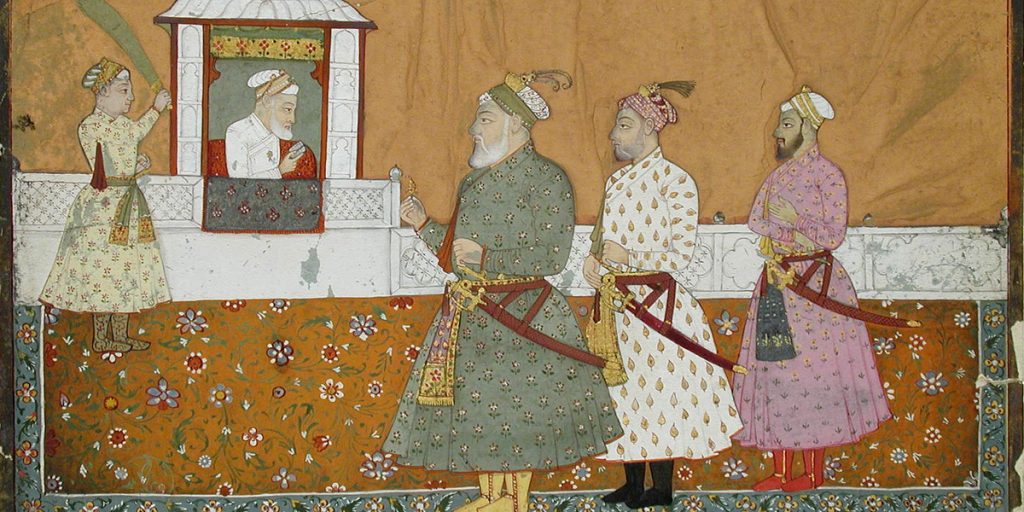
Venture further to Taxila, an ancient seat of learning and culture, where the ruins of Buddhist monasteries and universities stand as testaments to the region’s intellectual prowess and religious diversity.
No visit to Pakistan would be complete without exploring the majestic Rohtas Fort, a formidable fortress built by the Afghan king Sher Shah Suri in the 16th century. Its imposing walls and strategic design make it a fascinating site for history buffs and architecture enthusiasts alike.
These key historical sites in Pakistan not only showcase the nation’s rich heritage but also provide visitors with a deeper understanding of its cultural mosaic and the diverse civilizations that have left their mark on its landscape. Whether you’re a history enthusiast or simply seeking to unravel the mysteries of the past, Pakistan’s historical places offer an unforgettable journey of discovery.
The Grandeur of Lahore Fort: A Testament to Mughal Architecture/ Historical places in Pakistan
Nestled in the heart of Lahore, Pakistan, the Lahore Fort stands as a magnificent symbol of the Mughal Empire’s architectural prowess and grandeur. This UNESCO World Heritage Site boasts a rich history dating back to the 16th century when it was commissioned by Emperor Akbar, later embellished and expanded upon by subsequent Mughal rulers.
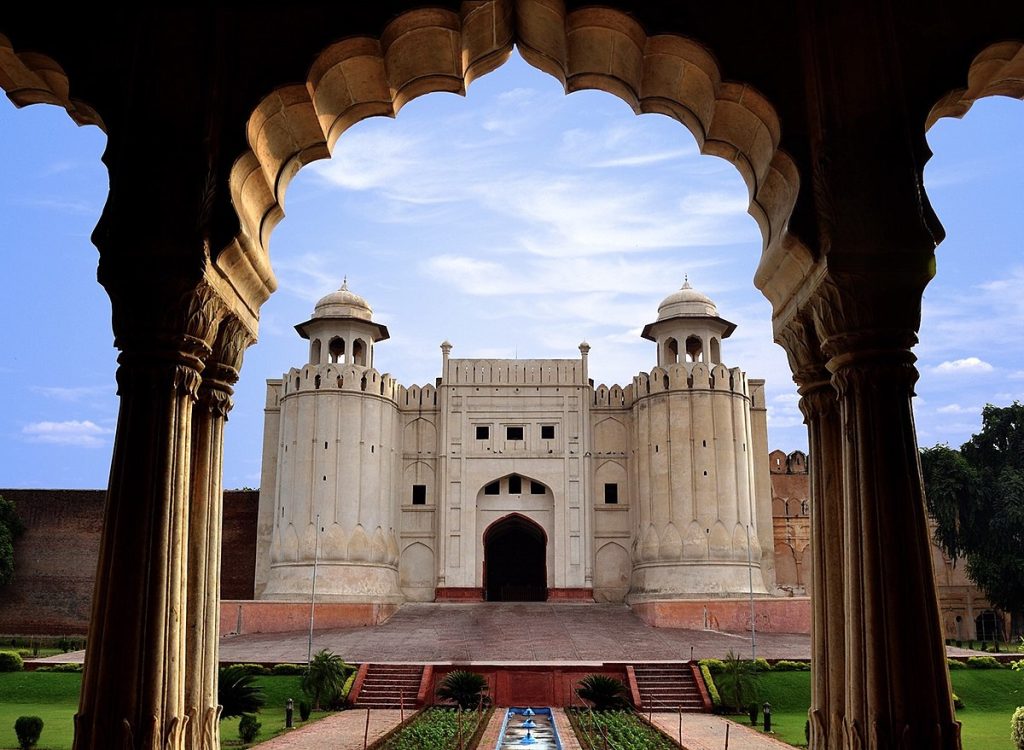
The Lahore Fort is a mesmerizing blend of Islamic, Persian, and Mughal architectural styles, with its sprawling complex encompassing palaces, mosques, gardens, and ornate gateways. One of its most iconic features is the Sheesh Mahal, or Palace of Mirrors, adorned with intricate mirror work, frescoes, and inlaid marble, reflecting the opulence and artistic finesse of the Mughal era.
As visitors stroll through the fort’s labyrinthine passages and courtyards, they are transported back in time to an era of imperial splendor and refinement. The Diwan-i-Khas, or Hall of Private Audience, and the Diwan-i-Am, or Hall of Public Audience, bear witness to the grand ceremonies and state affairs that once took place within their walls.
From the majestic Alamgiri Gate to the enchanting Naulakha Pavilion, every corner of the Lahore Fort tells a story of architectural innovation and cultural patronage. Its enduring legacy as a testament to Mughal architecture continues to captivate visitors from around the world, offering a glimpse into Pakistan’s rich historical heritage and the golden age of the Mughal Empire.
Rohtas Fort and Badshahi Mosque: Symbols of Pakistan’s Historical Legacy/ Historical places in Pakistan
Rohtas Fort and Badshahi Mosque epitomize Pakistan’s rich historical legacy, each standing as a testament to a distinct era of the nation’s past. Rohtas Fort, constructed by Afghan king Sher Shah Suri in the 16th century, is a formidable fortress nestled amidst the rugged landscape of Punjab. Its strategic design and imposing walls served as a bulwark against external threats, embodying the military prowess of its builders.
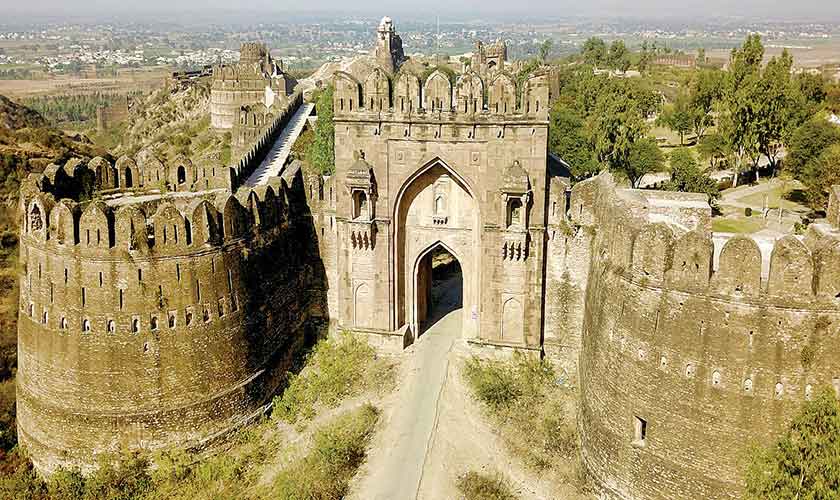
On the other hand, the Badshahi Mosque, located in Lahore, is a masterpiece of Mughal architecture commissioned by Emperor Aurangzeb in the 17th century. Its grandeur and elegance reflect the zenith of Mughal artistic expression, with its vast courtyard, towering minarets, and intricate marble carvings leaving visitors in awe.
Despite their differences in origin and purpose, both Rohtas Fort and Badshahi Mosque symbolize the resilience, cultural richness, and architectural brilliance of Pakistan’s past civilizations. Their status as UNESCO World Heritage Sites underscores their significance not only within Pakistan but also on the global stage, inviting visitors to immerse themselves in the nation’s storied history.

Whether exploring the rugged ramparts of Rohtas Fort or marveling at the serene beauty of Badshahi Mosque, visitors to these historical landmarks are treated to a journey through time, where the echoes of the past resonate with the vibrancy of Pakistan’s present-day cultural landscape.
Exploring Rich Cultural Heritage through Historical Places in Pakistan
Exploring Pakistan’s Rich Cultural Heritage through Its Historical Places
Historical places in Pakistan are not merely relics of the past; they are living testaments to the nation’s rich cultural heritage, inviting visitors to embark on a captivating journey through time. From the ancient ruins of Mohenjo-Daro to the grandeur of Lahore Fort, each site offers a unique window into Pakistan’s diverse history and cultural tapestry.
Exploring these historical treasures is an immersive experience that allows visitors to delve deep into the layers of Pakistan’s past. The ancient city of Taxila, with its Buddhist monasteries and universities, speaks volumes about the region’s intellectual prowess and religious diversity. Similarly, the majestic Rohtas Fort stands as a symbol of military strength and architectural innovation, while the Badshahi Mosque exudes the splendor and elegance of Mughal architecture.
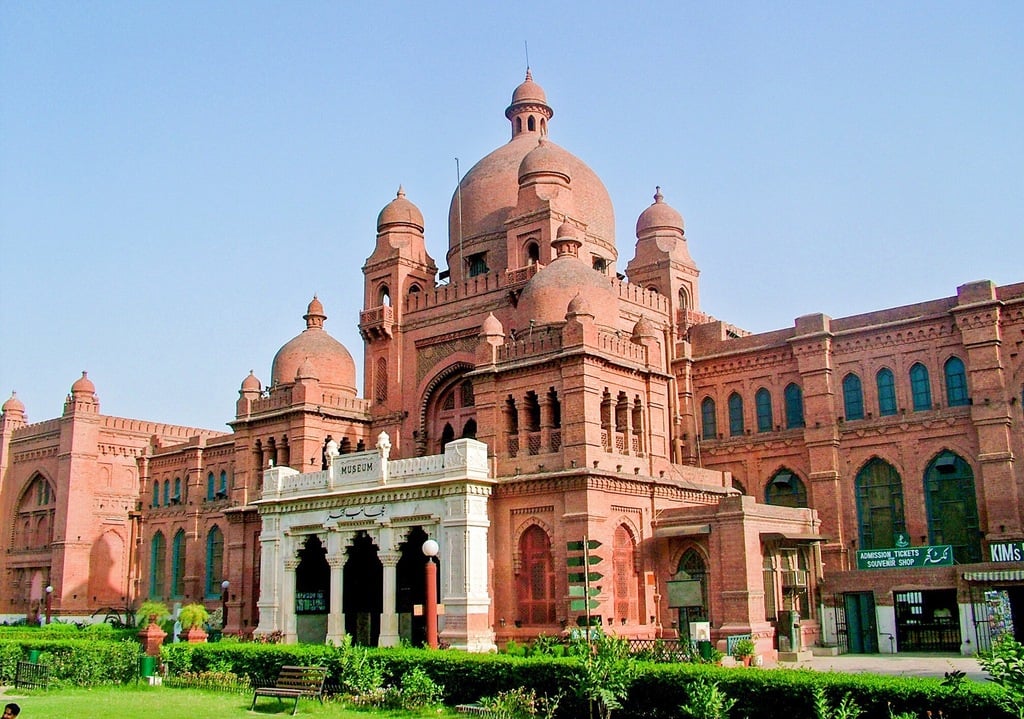
As visitors wander through these historical sites, they are greeted by the whispers of bygone eras, where the echoes of ancient civilizations reverberate against the backdrop of modern-day Pakistan. Each crumbling ruin and intricately carved facade tells a story, weaving together the threads of Pakistan’s cultural mosaic.
By exploring historical places in Pakistan, travelers not only gain a deeper appreciation for the nation’s rich heritage but also foster a greater understanding of its people, traditions, and identity. It’s a journey that transcends time and space, leaving an indelible mark on those who dare to embark on it.
Unveiling the Mysteries of Ancient Civilizations in Pakistan: Historical places in Pakistan
Delving into the historical places in Pakistan is akin to embarking on a captivating journey of discovery, where each site holds within its ancient walls the secrets of bygone civilizations waiting to be unearthed. From the enigmatic ruins of Mohenjo-Daro to the labyrinthine passages of Taxila, Historical places in Pakistan offer a fascinating glimpse into the lives and legacies of ancient peoples.
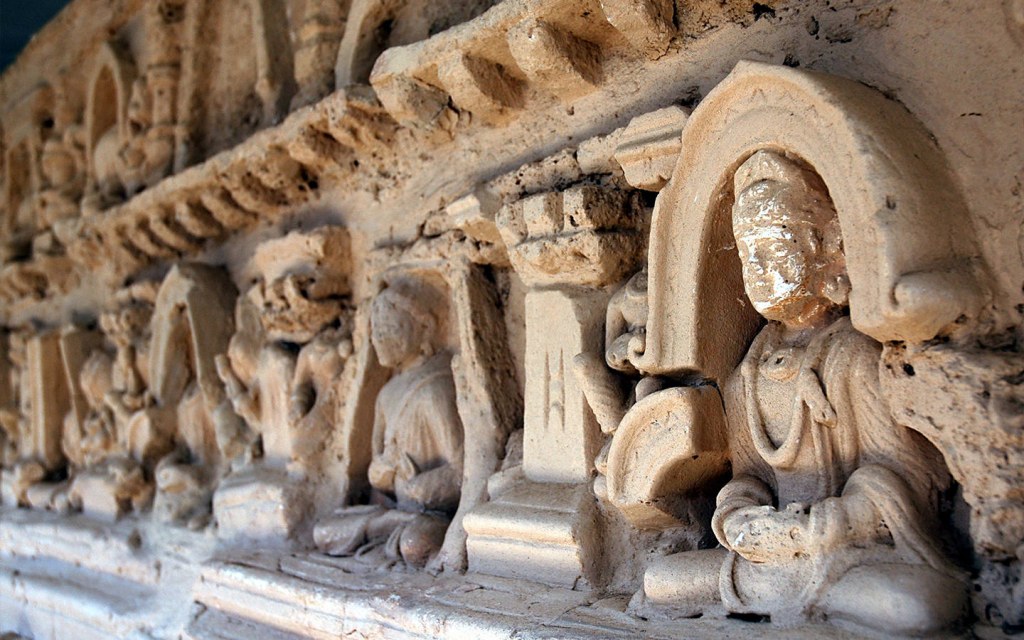
At the heart of this exploration lies the focus keyword: ancient civilizations. Pakistan’s landscape is dotted with remnants of these civilizations, each bearing witness to the ingenuity, culture, and achievements of its inhabitants. Mohenjo-Daro, one of the world’s earliest urban centers, reveals the sophistication of the Indus Valley Civilization with its advanced urban planning and drainage systems.
Similarly, Taxila, an ancient seat of learning, provides insights into the intellectual and cultural exchanges that took place along the ancient Silk Road. Its Buddhist monasteries and Greek-influenced architecture speak volumes about the region’s diverse influences and rich tapestry of history by historical places in Pakistan.
As visitors wander through these ancient sites, they are transported back in time, unraveling the mysteries of civilizations long past. Whether exploring the majestic Lahore Fort or marveling at the grandeur of the Badshahi Mosque, each historical place among historical places in Pakistan offers a tantalizing glimpse into the rich tapestry of human history, waiting to be explored and understood.
Architectural Gems: The Wazir Khan Mosque and Ranikot Fort/ Historical places in Pakistan
In the tapestry of Pakistan’s historical places, two architectural marvels stand out as shining examples of the nation’s rich heritage: the Wazir Khan Mosque and Ranikot Fort. These iconic structures, each unique in its own right, showcase the diverse architectural styles and cultural influences that have shaped Pakistan’s landscape over the centuries.
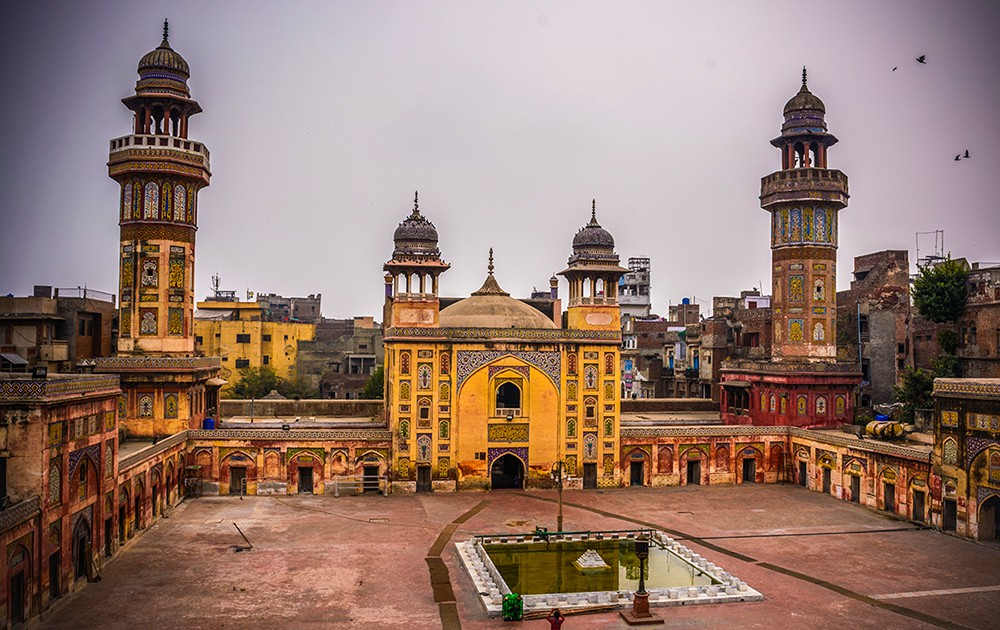
The focus keyword, architectural gems, perfectly encapsulates the essence of these landmarks. The Wazir Khan Mosque, located in the heart of Lahore’s old city, is a masterpiece of Mughal architecture. Built in the 17th century by the renowned Mughal governor Wazir Khan, the mosque dazzles visitors with its intricate tile work, vibrant frescoes, and elaborate calligraphy, earning it a reputation as one of the most beautiful mosques in Pakistan.
In contrast, Ranikot Fort, often referred to as the Great Wall of Sindh, is a sprawling fortress that spans over 26 kilometers in the rugged landscapes of southern Pakistan. Believed to date back to the 8th century, the fort’s massive walls and strategic design bear witness to its historical significance as a defensive stronghold and trade route.
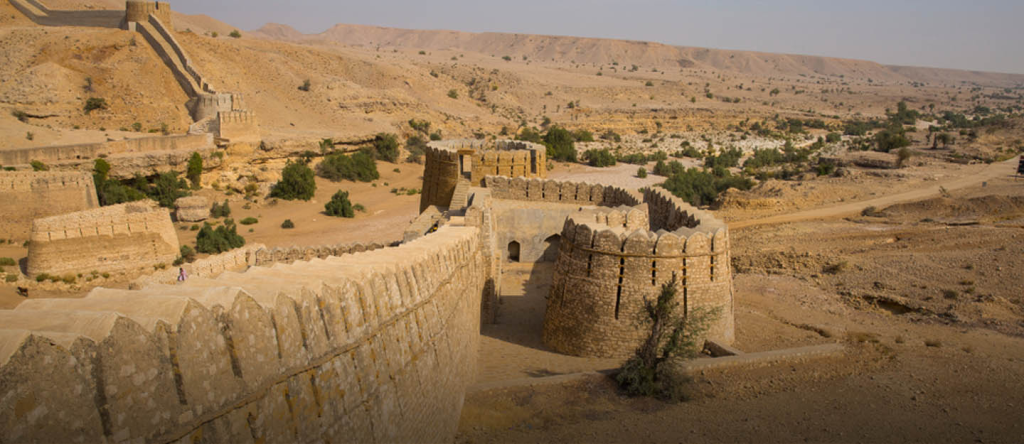
As visitors explore these architectural gems, they are transported through time, immersing themselves in the rich history and cultural heritage of Pakistan. Whether marveling at the intricate beauty of the Wazir Khan Mosque or tracing the footsteps of ancient warriors at Ranikot Fort, these historical places offer a glimpse into the enduring legacy of Pakistan’s architectural prowess and cultural diversity.
The Architectural Marvels of Pakistan: An Insight into History
The Architectural Marvels of Pakistan: An Insight into History/ Historical places in Pakistan
In the realm of historical places in Pakistan, architectural marvels stand tall as testaments to the nation’s rich heritage. From the grandeur of Lahore Fort to the intricacy of Badshahi Mosque, each site offers a profound insight into Pakistan’s cultural tapestry. These focus keyword architectural wonders reflect the diverse influences and storied past of Pakistan, inviting visitors on a captivating journey through time. Whether exploring the ancient ruins of Taxila or marveling at the vibrant tile work of Wazir Khan Mosque, these architectural gems offer a window into the fascinating history and heritage of Pakistan.
The Importance of Preserving Pakistan’s Historical Sites: Historical places in Pakistan
Preserving Pakistan’s historical places is paramount for safeguarding the nation’s cultural heritage and identity. These focus keyword sites are not merely relics of the past; they serve as invaluable repositories of history, offering insights into ancient civilizations and societal evolution. By conserving these landmarks, Pakistan can honor its rich legacy, educate future generations, and promote tourism and economic growth. Additionally, preserving historical sites fosters a sense of national pride and strengthens the country’s global standing. It’s a collective responsibility to ensure that these cultural treasures remain intact for posterity, continuing to inspire and enrich lives for generations to come.
Tourism and Historical Places in Pakistan: A Symbiotic Relationship
In Pakistan, the relationship between tourism and historical places is symbiotic, each enriching the other in a beautiful harmony. These focus keyword historical sites, brimming with cultural significance and architectural splendor, serve as magnets for tourists from around the globe, drawing them to explore the nation’s rich heritage. Conversely, tourism provides vital support for the preservation and maintenance of these invaluable landmarks, ensuring their longevity for future generations.
As tourists flock to marvel at the grandeur of Lahore Fort, wander through the ancient ruins of Mohenjo-Daro, or soak in the serenity of Taxila, they contribute to local economies, create job opportunities, and foster cultural exchange. Moreover, tourism fosters a deeper appreciation for Pakistan’s history and diversity, promoting cross-cultural understanding and tolerance.
Conversely, the preservation and promotion of historical places bolster Pakistan’s tourism industry, attracting visitors with promises of immersive experiences and enriching encounters with the past. By investing in infrastructure, signage, and interpretation facilities, Pakistan can enhance the visitor experience while safeguarding its cultural heritage.
Ultimately, the symbiotic relationship between tourism and historical places in Pakistan is a testament to the nation’s potential for sustainable development and global engagement. By nurturing this relationship, Pakistan can unlock the full economic, social, and cultural benefits of its rich historical legacy, ensuring that it remains a beacon of heritage tourism for generations to come.
Which is the most historical place in Pakistan?
Discover Pakistan’s Rich Heritage: 12 Must-Visit Historical Sites
Katas Raj Temples
Sheikhupura Fort (Qilla Sheikhupura)
Mohenjo-Daro
Taxila
Lahore Fort and Shalimar Gardens
Badshahi Mosque
Rohtas Fort
Harappa
Ranikot Fort
Multan Fort
Tomb of Jahangir
Derawar Fort
Who is the most famous place in Pakistan?
Explore Pakistan’s Top Destinations: 8 Must-See Places
Lahore: A Cultural Haven
Multan: Spiritual Serenity
Karakoram Highway: Scenic Splendor
Rohtas Fort: Rich Military History
Fairy Meadows: Hiking Paradise
Moenjodaro: Delve into Ancient History
Shandur Pass: Spectacular Sportsmanship
Karachi: Dynamic Metropolis
What is a historical place you visited in Pakistan?
The Minar-e-Pakistan stands as a flawless fusion of modern and Islamic architectural styles. Renowned Russian-born architect Nasreddin Muran-Khan crafted its design. Situated in Iqbal Park, adjacent to Badshahi Masjid and Lahore Fort, this monument attracts thousands of visitors annually.
What is a famous landmark of Pakistan?
National Monuments of Pakistan
Minar-e-Pakistan: Lahore, Punjab
Khaliq Dina Public Hall and Library: Karachi, Sindh
Quaid-e-Azam’s Mazar (Mausoleum of Muhammad Ali Jinnah): Karachi, Sindh
Quaid-e-Azam House Museum (Flag Staff House): Karachi, Sindh
Allama Iqbal Museum (Javaid Manzil):Lahore, Punjab
Allama Iqbal’s Tomb:Lahore, Punjab
Bab-e-Mian Sahib:Mian Sahib, District Shikarpur, Sindh
Faisal Mosque:Islamabad, Pakistan
House of Abdus Salam:Jhang, Punjab
Islamic Summit Minar (Tower):Lahore, Punjab
Pakistan Monument:Islamabad
Wazir Mansion (Birthplace of Muhammad Ali Jinnah):Karachi, Sindh
Ziarat Residency:Ziarat, Sibi District, Balochistan
